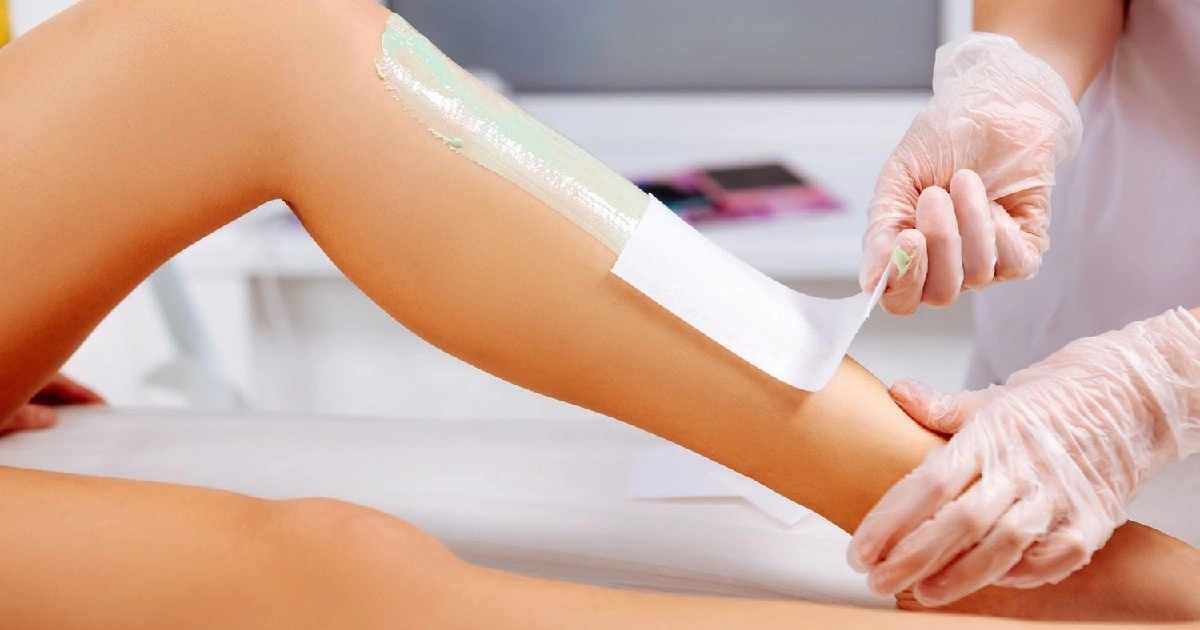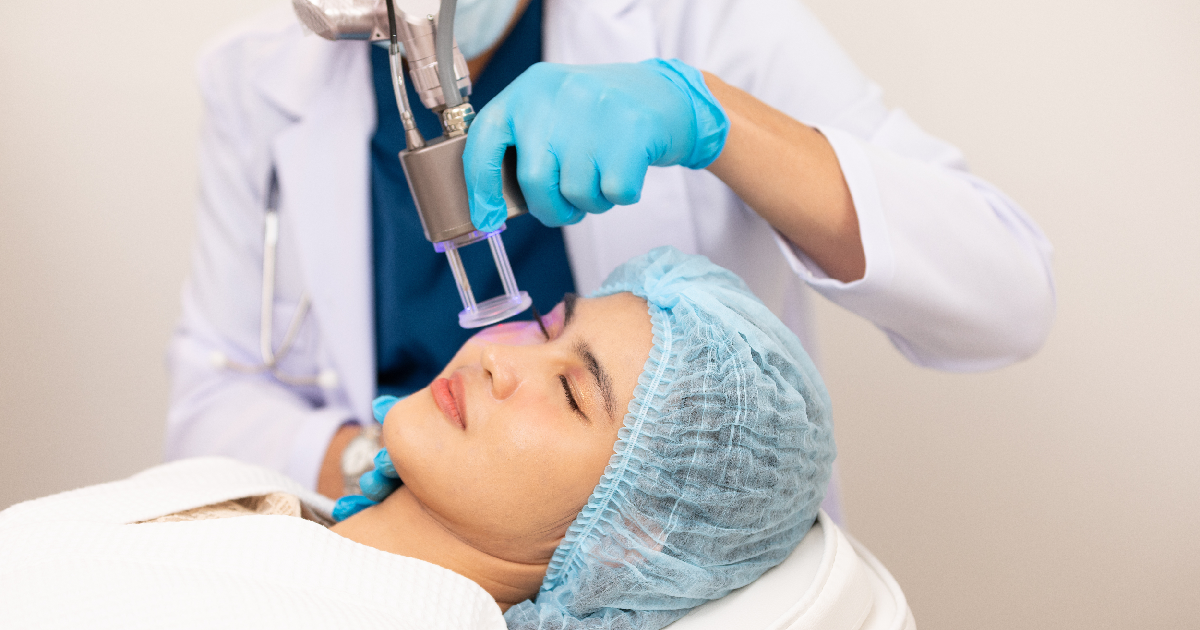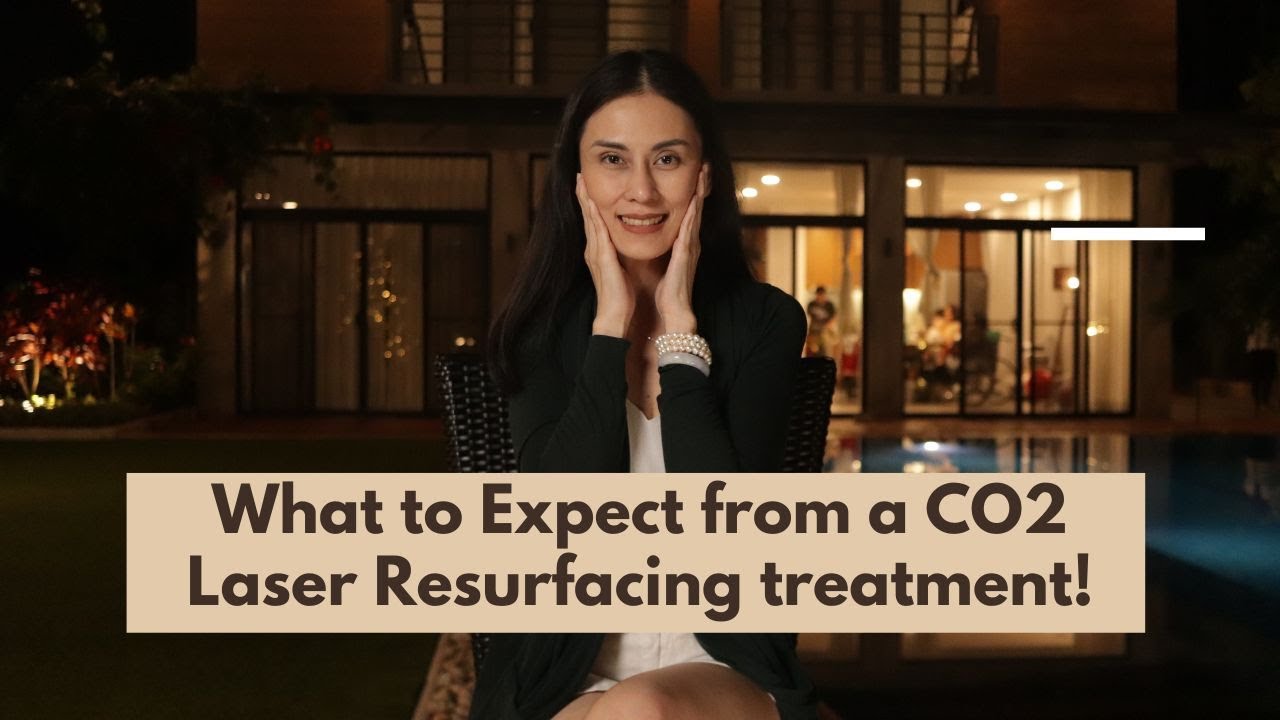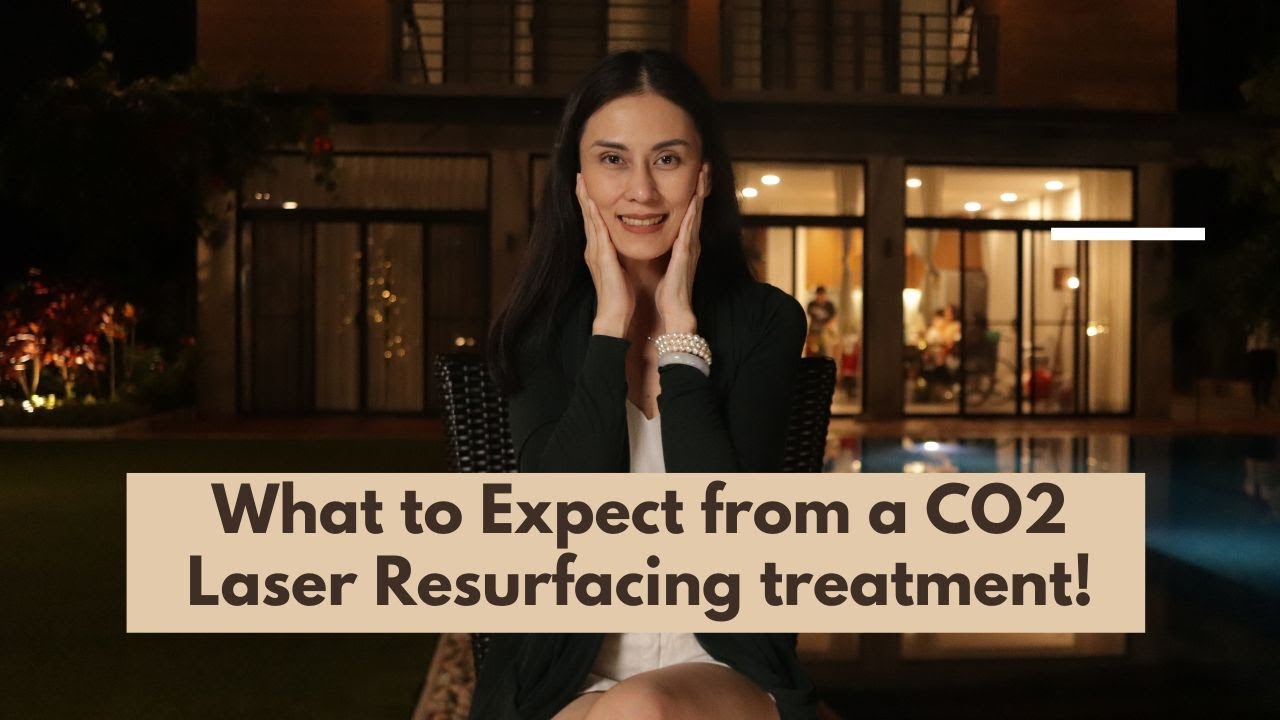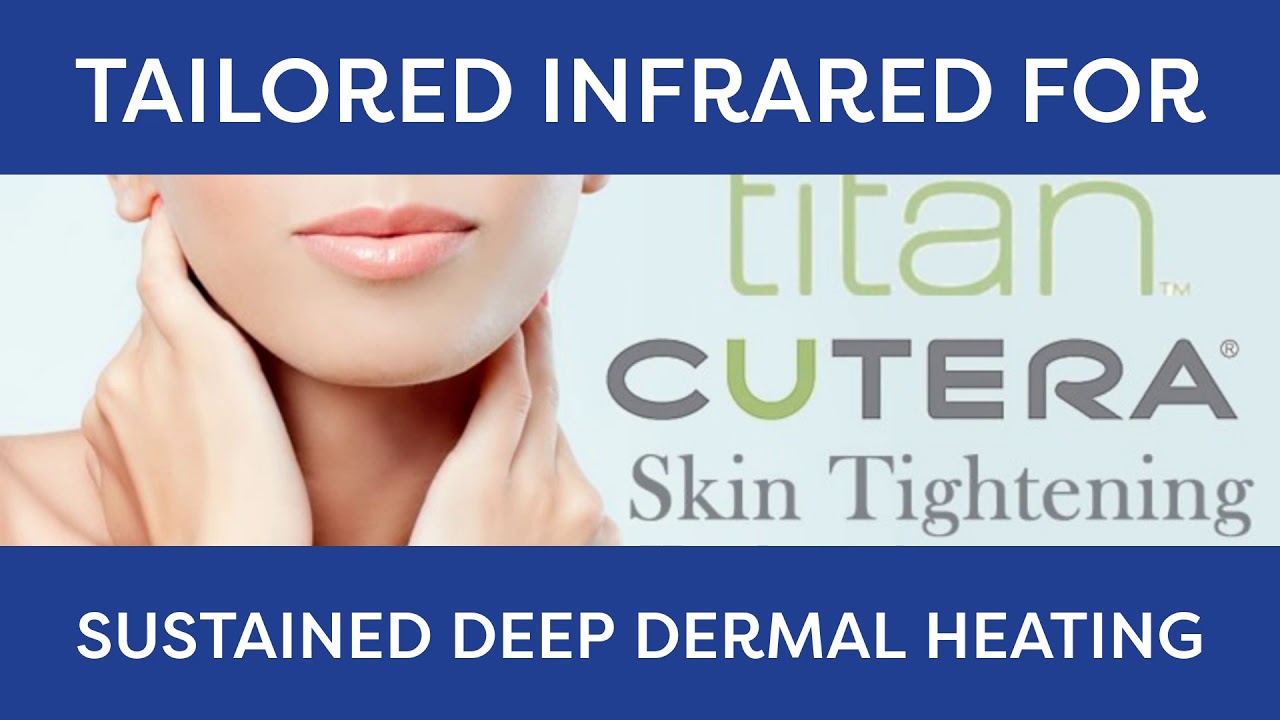Skin resurfacing plays a pivotal role in cosmetic dermatology, helping millions to achieve a revitalized, youthful complexion. Among the various methods available, CO2 Fractional Laser technology offers an innovative and practical approach to skin rejuvenation. By using carbon dioxide lasers in a non-invasive procedure, this method brings together science and cosmetic expertise to tackle various skin concerns. If you are interested in how you can benefit from this treatment and are curious about it, here’s what you should know.
What Is CO2 Fractional Laser Technology?
CO2 Fractional Laser technology represents a significant advancement in the field of cosmetic dermatology, particularly in the realm of skin resurfacing. This technique uses a carbon dioxide (CO2) laser, a type of gas laser. The CO2 laser is known for its high power, efficiency, and ability to deliver infrared radiation, which is particularly effective in skin treatments.
The term “fractional” refers to the method by which this technology operates. Instead of treating the whole skin surface area at once, the laser creates several tiny microthermal treatment zones (MTZ) in its target skin area. This is akin to treating only a ‘fraction’ of the skin in a grid-like pattern, leaving the surrounding skin untouched. This method promotes faster healing as the untreated, healthy skin facilitates the recovery of the treated areas.
The key behind CO2 Fractional Laser technology is its precise control, both in terms of depth and intensity of treatment. This allows for a tailored approach based on each individual’s skin condition and desired results. When the laser is applied, it vaporizes the outermost layers of skin in a very controlled manner, removing superficial blemishes while stimulating the deeper layers of the skin to produce more collagen. This protein provides structure to the skin, ultimately leading to skin rejuvenation.
How It’s Different From Traditional Laser Treatments
Traditional laser treatments, such as the fully ablative CO2 laser, deliver a continuous light beam that treats the entire skin surface in the targeted area. While this can yield substantial results, it exposes the treated skin surface to the laser, leading to a longer recovery period. In addition, the risk of side effects, including hyperpigmentation, scarring, and infection, tends to be higher due to the extensive skin surface treated.
On the other hand, CO2 Fractional Laser technology employs a pattern of tiny dots or “microthermal treatment zones,” treating only a fraction of the skin at a time. This allows the surrounding untreated skin to assist in the rapid healing of treated areas. Consequently, this approach drastically reduces downtime and significantly minimizes the risk of complications compared to traditional laser treatments.
Benefits of CO2 Fractional Laser Skin Resurfacing
CO2 Fractional Laser Skin Resurfacing presents several benefits that have contributed to its growing popularity in cosmetic dermatology.
- Versatility: One of the primary benefits of CO2 Fractional Laser technology is its versatility. This technology can treat various skin issues, including wrinkles, fine lines, acne scars, sun damage, age spots, and uneven skin tone.
- Stimulates Collagen Production: CO2 Fractional Laser penetrates the deeper layers of the skin, encouraging the natural production of collagen. As a crucial protein that gives structure to our skin, increased collagen can lead to smoother, firmer skin over time.
- Precision: The fractional method allows for extreme precision, treating only a fraction of the skin at a time. This ensures that the surrounding tissue remains unharmed, accelerating the healing process and minimizing potential side effects.
- Reduced Recovery Time: Compared to traditional laser treatments, CO2 Fractional Laser technology typically involves a significantly shorter recovery period. While the skin may appear sunburnt and feel sensitive in the initial days post-treatment, most individuals can return to their usual activities within a week.
- Long-lasting Results: The results of CO2 Fractional Laser treatment are immediate and long-lasting. As the skin continues to produce new collagen post-treatment, patients often report improvements in their skin for several months following the procedure.
- Customizable Treatment: Every individual’s skin is unique, and as such, it requires a personalized approach. CO2 Fractional Laser technology can be customized to match each patient’s skin type, concerns, and desired results, offering a tailored solution to skin rejuvenation.
The Procedure: What to Expect
Undergoing CO2 Fractional Laser Skin Resurfacing involves several key stages, from preparation to the procedure and aftercare. Here’s a step-by-step look at what you can expect:
- Pre-Treatment Consultation: During this initial stage, a skin specialist will evaluate your skin, discuss your skincare concerns and goals, and decide whether CO2 Fractional Laser Skin Resurfacing is the right approach for you. This consultation is the perfect time to ask any questions about the procedure.
- Preparation: In the days or weeks leading up to the procedure, you’ll be advised to avoid sun exposure and might need to stop using certain skincare products. Some specialists also prescribe pre-treatment creams or lotions to prepare the skin.
- Procedure: On the day of the treatment, your skin will be cleaned, and a topical anesthetic will be applied to minimize discomfort. Once the anesthetic has taken effect, the specialist will use the CO2 Fractional Laser device to deliver laser beams to the targeted areas of your skin. The procedure can last between 15 minutes to an hour, depending on the size of the area being treated.
Aftercare
Immediately after the procedure, your skin may feel similar to a sunburn. Your specialist will provide aftercare instructions to assist in the healing process. This usually includes keeping the skin moisturized, avoiding sun exposure, and not using certain skincare products until the skin has healed.
The recovery period varies, but most people find that their skin starts to heal after a week. During this time, it’s normal for the skin to peel or flake as it regenerates. It’s crucial to avoid picking at or scratching the skin during this time.
Your specialist will schedule a follow-up appointment to monitor your progress, address concerns, and assess the results. Further treatments might be recommended, depending on your skincare goals and the response to the initial treatment.
Takeaway
Are you ready to explore the rejuvenating power of CO2 Fractional Laser Skin Resurfacing? At Soleil Medical Spa, we’re dedicated to helping you achieve your skincare goals with the latest, most innovative treatments. Our experienced team will guide you through every step of the process, ensuring a personalized, comfortable, and practical treatment experience. Take the first step towards radiant, youthful skin through our services. Contact Soleil Medical Spa today to schedule your consultation!

